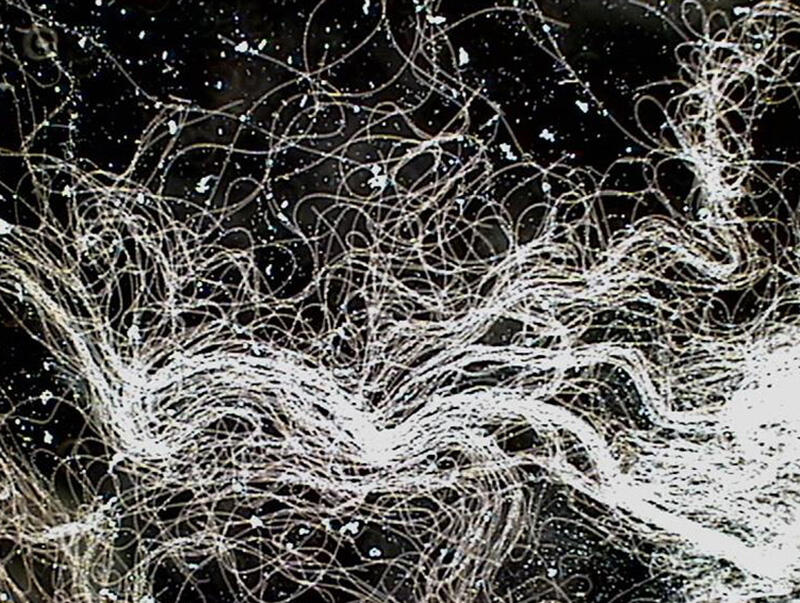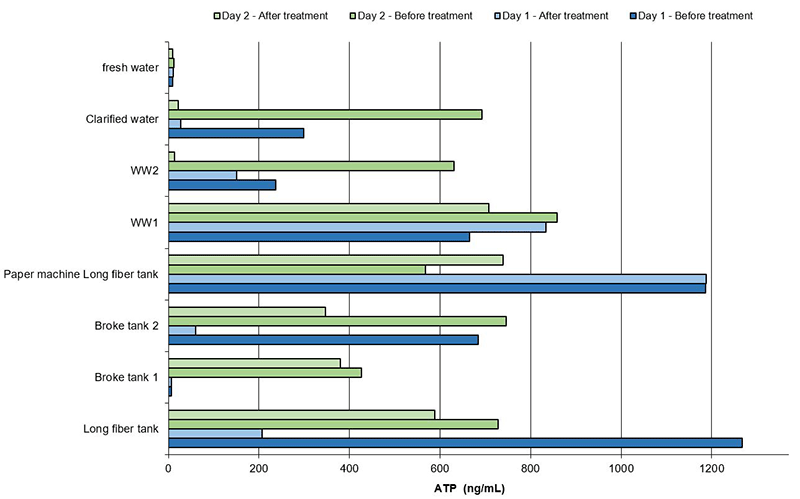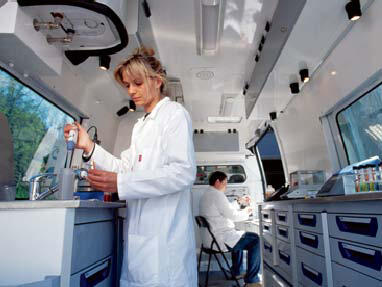
Controlling microbiological hazards in paper-making processes
Use biocides more efficiently!
- Assessing microbial activity in water and pulp circuits
- Evaluating the biocide treatments in place at your mill
- Proposing action plans to control bacterial growth while using biocide treatments more efficiently
Generate Value...
The CTP has twenty years of scientific expertise in the field of industrial water microbiology, which it deploys at papermills to promote a more efficient use of biocides by:
- dentifying sources of contamination, bacteria and slime development, to target antimicrobial treatments more effectively
- Performing independent assessments of the biocide treatments in place
- Making the treatments more efficient by se-lec-ting better injection locations and frequencies
- Reducing microbial growth by improving the management of water and pulp chest levels.
Using methods that have been proven through our research, we can bring our mobile laboratory to your mill and perform a self-contained evaluation of bacterial activity in its circuits and the efficiency of the antimicrobial treatments in place (biocide injection, water management).
Thanks to the research projects and technical services it has performed at a wide variety of industrial sites, the CTP has the expertise required to identify critical points on water and pulp circuits and thus adapt the antimicrobial treatments deployed on them to suit the processes in order to enable a more efficient use of biocides.

Filamentous bacteria observed under the microscope in a biological deposit
Context and performance
The activity of micro-organisms can be benefi-cial and desirable (in treating water, for example), but can also have significant negative economic and health impacts (e.g. bio-corrosion, production losses, safety risks). The nutrient-rich water in paper mill circuits provides favourable condi-tions for bacteria to grow, which the papermaking industry usually combats by appointing external suppliers to inject antmicrobial agents (biocides). These treatments are not always cost-effective.

Microbiological activity in different process waters
Content of services
To enable biocides to be used more efficiently, in addition to the usual measurements the CTP proposes to perform an expert appraisal of microbial activity throughout the water and pulp circuits, which involves analysing:
- The nutritional potential of the water: COD, starch, VFA, nitrogen, phosphorus, etc.
- Physico-chemical conditions in the circuits: temperature, pH, oxygen, redox
- Contamination and bacterial activity in the circuit water, by measuring total flora or ATP (stress index) in the areas where biocides are injected
- Risks of toxic gas (H2S) or explosive gas (H2) emissions.

CTP’s mobile laboratory
Deliverables
The CTP produces a study report specifying:
- The parts of the circuit that are critical from the microbiological point of view (e.g. a high contamination level, potential production of volatile fatty acids and toxic or explosive gases).
- The efficiency of the biocide treatments in use at the mill.
- Recommendations for improving and optimising the treatments: biocide concentrations injected; injection locations, frequencies and times; hydraulic management of the circuits; frequencies and locations for mechanical cleaning operations (surfaces).
- Tests on new anti-microbial strategies can also be performed from laboratory scale (microplates) to pilot scale at the CTP.